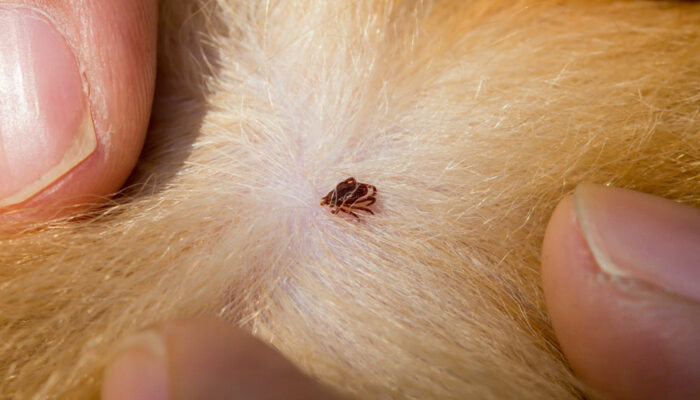
A Guide To The Different Types Of Anemia
Anemia is a medical condition wherein patients lack enough red blood cells (RBC) in their circulation. The hemoglobin pigment within the RBC is responsible for the transportation of oxygen and nutrients throughout the body. In anemic individuals, deficiency of hemoglobin leads to pale skin, chest pain, and shortness of breath. Doctors carefully assess the different types of anemia and prescribe appropriate treatments to manage the condition.
Different Types of Anemia
These types of anemia and their symptoms are commonly observed in patients.
- Aplastic Anemia
In aplastic anemia, the body fails to produce enough RBC cells from the stem cells in the bone marrow. It can develop at any age and the condition worsens over time. Patients complain of fatigue, respiratory distress, bleeding from nose and gums, fever, dizziness, and long clotting time. Damage of stem cells due to the malfunctioning immune system (immune cells attack stem cells) can cause aplastic anemia. It may also result due to radiation or chemotherapy, as a side effect of rheumatoid arthritis medication, and due to exposure to toxic chemicals like benzene, pesticides, and insecticides. - Iron-deficiency Anemia
Iron deficiency anemia, as the name suggests, occurs due to insufficient iron in the body. Patients experience extreme fatigue, lightheadedness, chest pain, brittle nails, and cold hands and feet due to this medical condition. Blood loss due to heavy menstrual cycles, peptic ulcers, colon polyps, hiatal hernias, and colorectal cancers are the primary culprits behind iron deficiency anemia. The body’s inability to absorb iron from iron-rich foods due to intestinal disorders like celiac disease may also cause this anemia. Doctors prescribe consumption of iron-rich foods like red meat, seafood, dark green leafy vegetables, and beans or iron supplements to rectify this medical issue. However, in severe conditions, the treatment of underlying conditions is necessary to improve the hemoglobin level. - Sickle-cell Anemia
This type of anemia is different compared to others. Sickle-cell anemia is an inherited disease where the RBCs look like sickles or crescent moons. Healthy RBCs are round and flexible and they easily circulate through the capillaries. However, sickle cell RBCs are rigid and stick to blood vessels. They limit the transportation of oxygen and nutrient to various organs. The average lifespan of RBCs is 120 days. However, sickle cell RBCs live for barely 10 to 20 days. It leads to a shortage of RBCs in the system. Patients require regular blood transfusion and stem cell transplant to manage the condition. - Thalassemia
It is another inherited anemic condition caused by mutation of the DNA responsible for hemoglobin production. Depending on the site of the mutation, thalassemia is of two types: alpha and beta. Patients may develop complications like iron overload and increased risk of infections due to this condition. Doctors can detect this condition in the fetus through chorionic villus sampling (11th week of pregnancy) and amniocentesis (16th week of pregnancy).
The abovementioned types will give you have a fair idea about the different symptoms of anemia to look out for . Visit a doctor immediately if you experience warning signs.



